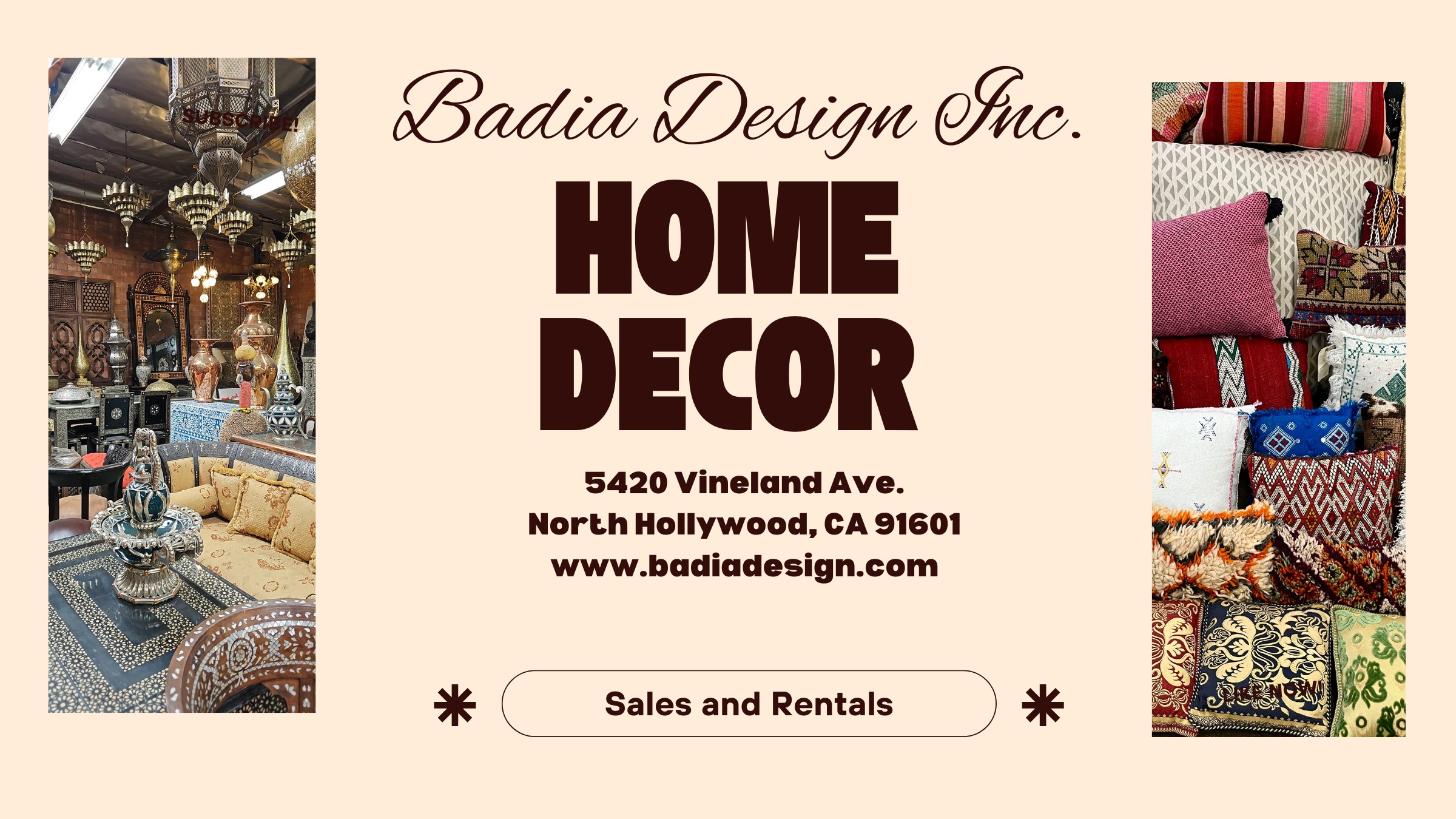Moroccan Berber Rugs
Moroccan Berber Rugs
Blog Article
Moroccan Berber Rugs: A Blend of History, Craftsmanship, and Timeless Style
Moroccan Berber Rugs have captivated residents and businesses worldwide with their storied past, meticulous artistry, and unmatched versatility. Whether you are furnishing a cozy living room, a chic office space, or a upscale resort, these rugs go beyond practicality to become cultural and artistic masterpieces. In this article, we’ll explore the rich origins of Moroccan Berber click here rugs, the meticulous craftsmanship behind their creation, their renowned durability, and creative ways to incorporate them into today’s interiors.
The origins of Moroccan Berber rugs can be traced back millennia to the Berber tribes of North Africa. The Berbers, with their rich cultural heritage, crafted unique weaving methods as a practical response of their nomadic lifestyles and varied environmental conditions.
Each Berber rug tells a story, often woven into the fabric unique to the tribe or family that created it. Motifs often symbolize themes like protection, nature, or fertility, giving each rug cultural significance. Originally, these rugs were crafted for utilitarian purposes, such as providing warmth during harsh winters in the Atlas Mountains or acting as soft bedding in arid desert regions.
During the 20th century, these rugs were popularized by architects such as Le Corbusier and Frank Lloyd Wright, who used them in renowned works. Now, these rugs are highly sought after for their elegance and historical depth.
These rugs are created using traditional techniques, maintained over centuries. It represents a perfect blend of cultural heritage and artistic skill.
Berber rugs are typically crafted from natural materials such as sheep’s wool, camel hair, or even cotton. Wool is especially prized for its soft texture, resilience, and insulating properties. Artisans often hand-spin the wool, giving each rug a distinctive texture.
Berber rugs are handwoven on classic frames, a process that can take weeks or even months depending on the intricacy and dimensions of the design. The knotting style, from Beni Ourain’s casual elegance to Azilal’s tighter weaves, dictates its overall quality and appeal.
Artisans rely on natural dyes from the environment to produce the vivid tones seen in Berber rugs. Neutral shades dominate Beni Ourain designs, while brighter Azilal and Boucherouite pieces feature striking colors like red, blue, and yellow.
The longevity of these rugs is one of their biggest strengths. This makes them a smart choice for both homes and businesses.
Berber rugs owe their longevity to the high-grade nature of their natural fibers. Wool’s elasticity and stain resistance contribute to their durability.
Taking care of these rugs is straightforward. Regular vacuuming, spot cleaning with mild detergent, and occasional professional cleaning will keep them looking pristine for years.
Tips for Styling Moroccan Berber Rugs in Modern Homes
Incorporating Moroccan Berber rugs into contemporary interiors is easier than you might think. Their versatile designs and textures can complement a wide range of styles, from minimalist to bohemian.
1. Create a Focal Point in the Living Room
Use a large Beni Ourain rug as the centerpiece of your living room. Its neutral colors and simple geometric patterns can tie together various design elements while adding a sense of warmth and comfort.
2. Add Color to Neutral Spaces
If your space leans toward a monochromatic or minimalist aesthetic, a vibrant Azilal or Boucherouite rug can introduce a pop of color and visual interest. They are ideal for subdued settings, acting as the central highlight.
3. Layer Rugs for Texture
To create a warm, layered look, place a smaller Berber rug atop a larger rug made from natural fibers like jute or sisal. This combination not only adds depth and texture but also highlights the intricate details of the Berber design.
4. Enhance Workspace Aesthetics
Moroccan Berber rugs are perfect for adding elegance and warmth to professional spaces, including offices and lounges. The artisanal craftsmanship of these rugs radiates authenticity and refinement.
5. Use as Wall Art
Some Moroccan Berber rugs are so visually stunning that they deserve to be displayed as art. Displaying a Berber rug on a wall highlights its intricate design and cultural significance.
Why Moroccan Berber Rugs Are a Wise Investment
For both homeowners and businesses, Moroccan Berber rugs represent a blend of practicality, aesthetics, and cultural significance. Their durability ensures a long lifespan, while their timeless designs can adapt to changing trends and tastes.
Sustainability in Moroccan Berber Rugs
Berber rugs are often made with environmentally responsible and sustainable techniques. Purchasing these rugs helps preserve artisan traditions while enriching your decor with sustainable beauty.
The Appreciating Worth of Moroccan Berber Rugs
Authentic Moroccan Berber rugs often appreciate in value over time, especially vintage or rare pieces. These rugs serve as both decorative items and investment-worthy collectibles.
 Report this page
Report this page